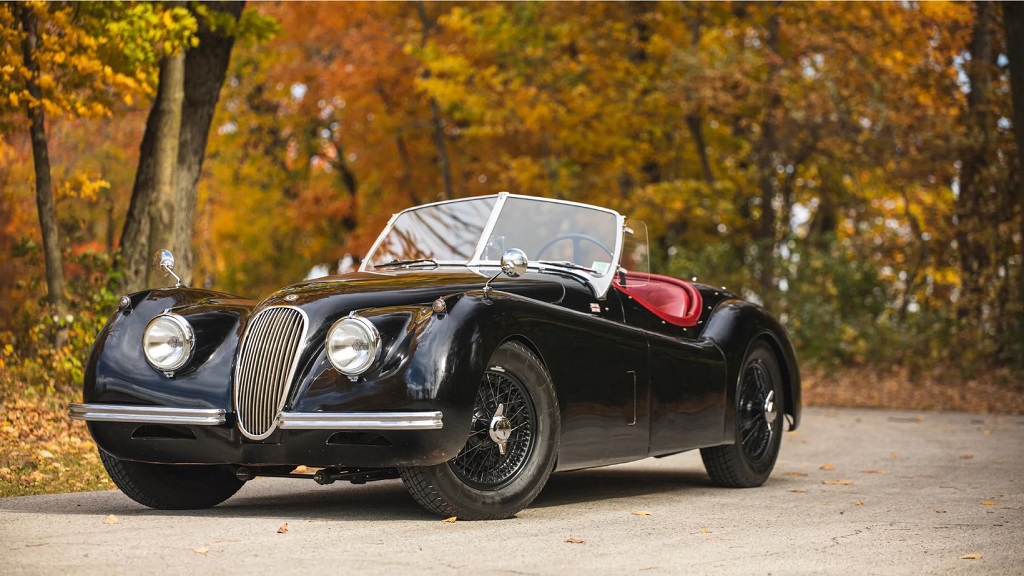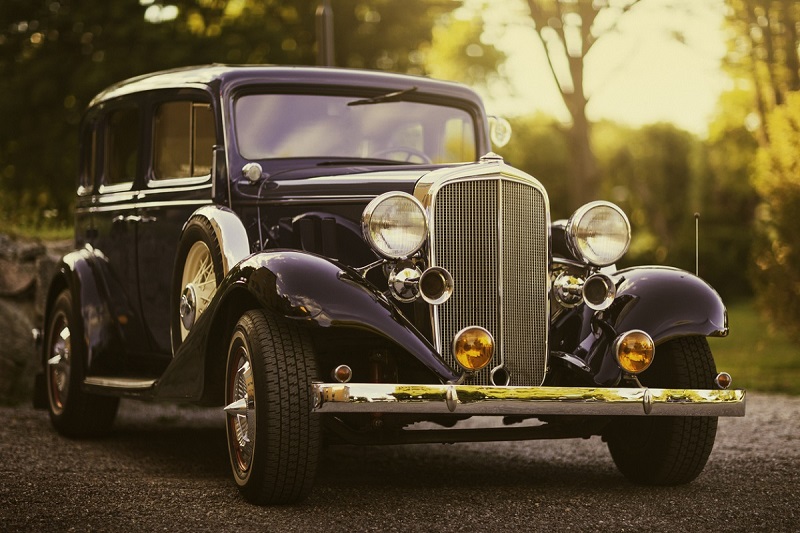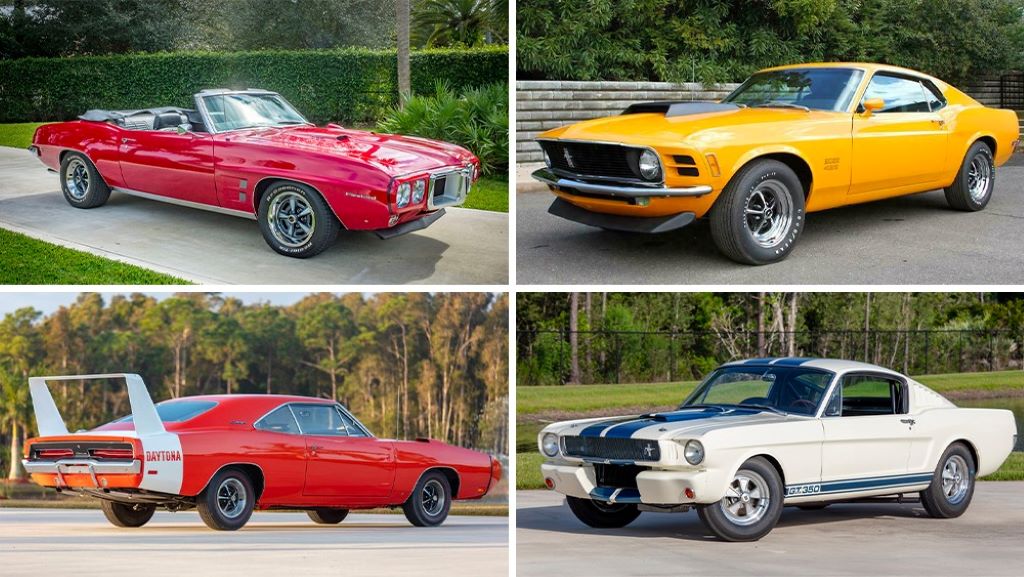If you’re a car enthusiast or simply interested in the world of automobiles, you’ve likely come across the terms vintage, antique, and classic cars. While they all refer to old and unique vehicles, there are distinct differences that set them apart. In this article, we’ll dive into the intriguing world of vintage, antique, and classic cars, exploring their characteristics, historical significance, and what makes each category special.
Vintage Cars: Nostalgic Beauties
Definition: Vintage cars are typically those manufactured between 1919 and 1930.
Vintage cars evoke a sense of nostalgia and charm from a bygone era. They represent the craftsmanship and design of the early 20th century. These vehicles are characterized by their elegant curves, wooden-spoked wheels, and often open-air configurations. Vintage cars are a testament to the early days of the automotive industry, and they hold a special place in the hearts of collectors and enthusiasts.
Key Features:
- Production era: 1919 to 1930.
- Unique body styles.
- Simple and elegant design.
- Mechanical simplicity.
Antique Cars: Timeless Treasures
Definition: Antique cars are those manufactured before 1919.
Antique cars are the true pioneers of the automotive world. They are a testament to the infancy of the automobile industry, representing the very first vehicles that hit the roads. These cars are often rare and highly valuable due to their historical significance. Owning an antique car is like owning a piece of automotive history.
Key Features:
- Manufactured before 1919.
- Handcrafted and often one-of-a-kind.
- Limited production numbers.
- Significant historical value.
Classic Cars: Icons of the Past
Definition: Classic cars are typically those produced between the 1920s and the late 1980s.
Classic cars are the most versatile category, spanning several decades. They are the iconic cars that have left an indelible mark on automotive history. Classic cars encompass a wide range of makes and models, from the elegant roadsters of the Roaring Twenties to the muscle cars of the 1960s and 70s. These vehicles are admired for their enduring style and performance.
Key Features:
- Produced from the 1920s to the late 1980s.
- Diverse range of makes and models.
- Collectible and often appreciated in value.
- Iconic designs and innovations.
The Common Thread: Appreciation for Automotive History
While vintage, antique, and classic cars have distinct definitions, they all share a common thread—a deep appreciation for automotive history. Car enthusiasts and collectors alike value these vehicles for their unique designs, historical significance, and the stories they tell about the evolution of the automobile.
In conclusion, the differences between vintage, antique, and classic cars lie in their respective production eras and characteristics. Vintage cars, with their simple elegance, represent the 1920s and 1930s. Antique cars are the timeless treasures that predate 1919, showcasing the beginnings of the automotive industry. Classic cars, spanning several decades, are the iconic vehicles that have left an indelible mark on history.
In the world of vintage, antique, and classic cars, each category has its own unique allure. Whether you’re drawn to the nostalgia of vintage cars, the timeless treasures of antiques, or the iconic classics, these vehicles offer a glimpse into the rich history of the automotive industry. So, embrace your passion and embark on a journey through time with these remarkable automobiles.
FAQs
- Are vintage cars more valuable than classic cars?
- The value of a vintage or classic car depends on various factors, including rarity, condition, and demand. Some vintage cars may be more valuable than certain classic cars, and vice versa.
- Can I drive an antique car on modern roads?
- Yes, it’s possible to drive an antique car on modern roads, but it may require modifications to meet safety and emissions standards.
- What is the most valuable vintage car in history?
- The 1931 Bugatti Royale Kellner Coupe is often considered one of the most valuable vintage cars ever sold, fetching a record-breaking price at auction.
- Do classic cars appreciate in value over time?
- Classic cars can appreciate in value over time, especially if they are well-maintained and sought after by collectors.
- Can I insure my vintage, antique, or classic car easily?
- Yes, there are specialized insurance options available for vintage, antique, and classic cars to ensure they are adequately protected.







